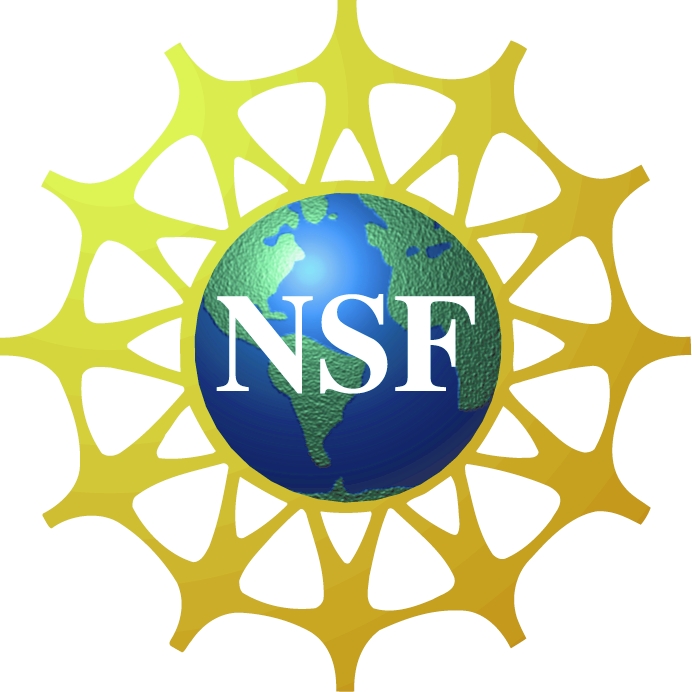Difference between revisions of "Main Page"
| Line 6: | Line 6: | ||
<!-- NEW TO GEM??? Want to stay informed about GEM activities? Sign up for announcements through the GEM Messenger at the [http://lists.igpp.ucla.edu/mailman/listinfo/gem Subscription Management website]. --> | <!-- NEW TO GEM??? Want to stay informed about GEM activities? Sign up for announcements through the GEM Messenger at the [http://lists.igpp.ucla.edu/mailman/listinfo/gem Subscription Management website]. --> | ||
| − | + | NEW TO GEM??? Want to stay informed about GEM activities? Sign up for announcements through the GEM Messenger - ''coming back soon'' | |
| − | NEW TO GEM??? Want to stay informed about GEM activities? Sign up for announcements through the GEM Messenger ''coming back soon'' | ||
== What's New == | == What's New == | ||
Revision as of 09:07, 8 August 2019
Geospace Environment Modeling (GEM) 
Geospace Environment Modeling (GEM) is a broad-based, community-initiated research program on the physics of the Earth's magnetosphere and the coupling of the magnetosphere to the atmosphere and to the solar wind. The purpose of the GEM program is to support basic research into the dynamical and structural properties of geospace, leading to the construction of a global Geospace General Circulation Model (GGCM) with predictive capability. This GGCM model will be modularized and will complement parallel developments of magnetohydrodynamic models. The strategy for achieving GEM goals is to undertake a series of campaigns and focus groups, in both theory and observational modes, each focusing on particular aspects of the geospace environment.
The Geospace Environment Modeling (GEM) program is sponsored by National Science Foundation (NSF) Division of Atmospheric and Geospace Sciences.
NEW TO GEM??? Want to stay informed about GEM activities? Sign up for announcements through the GEM Messenger - coming back soon
Contents
What's New
- The 2019 GEM Summer Workshop was held during June 22-28, 2019 at the La Fonda Hotel in Santa Fe, NM. Information about the Workshop can be found at the conference website and the 2019 Workshop Wiki Page.
- The GEM Steering Committee has selected two new Focus Groups for the 2019-2023 period: (i) “System understanding of radiation belt particle dynamics through multi-spacecraft and ground-based observations and modeling” led by Hong Zhao, Lauren Blum, Sasha Ukhorskiy, and Xiangrong Fu, and (ii) “Particle heating and thermalization in collisionless shocks in the MMS era”, led by Lynn Wilson III, Li-Jen Chen, Katherine Goodrich, and Ivan Vasko.
GEM Best Practice
The GEM Best Practice document is provided as an informal guide for existing, new, and future members of the GEM Steering Committee. It also includes advice from previous Focus Group leaders on how to propose and run a Focus Group.
Anti-Harassment Policy for GEM Meetings and Activities
GEM is committed to ensuring that all participants in all GEM activities have an environment that is free from harassment. This policy applies to all attendees at GEM activities including scientists, students, guests, staff, and contractors participating in scientific sessions, auxiliary meetings, and social events associated with any GEM gathering or other activity. See the GEM Anti-Harassment Policy for details.
Acknowledgment and Disclaimer
This GemWiki site is based upon work supported by the National Science Foundation under Grant AGS-1405565. Any opinions, findings and conclusions or recommendations expressed at this website are those of the authors and do not necessarily reflect the views of the National Science Foundation (NSF). Comments about this website can be e-mailed to the GEM Communications Coordinator at gemeditor [at] igpp.ucla.edu.